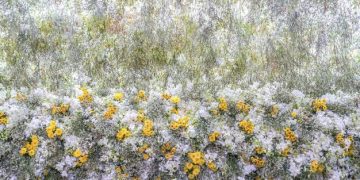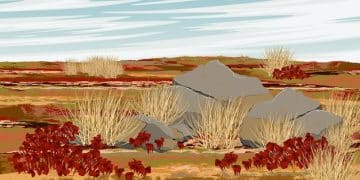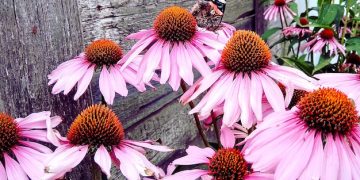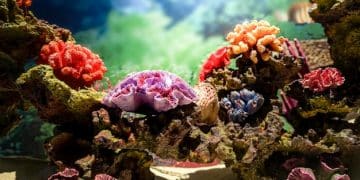Unveiling the Hidden World of Fungi in US Ecosystems
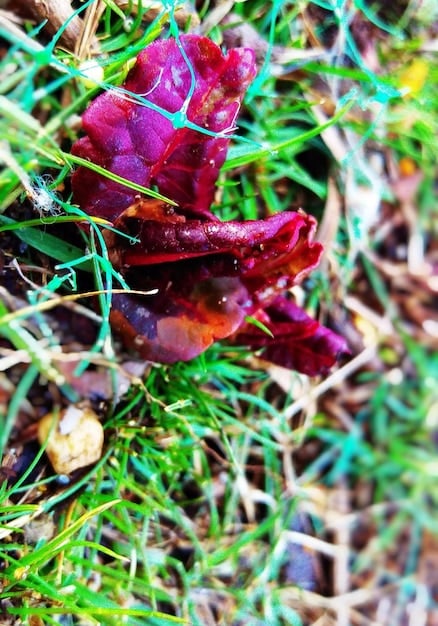
Discover the hidden world of fungi, vital components of US ecosystems, playing crucial roles in nutrient cycling, plant health, and even climate regulation, often overlooked yet essential for ecological balance.
Step into a realm often unseen, a world teeming with life and influence that shapes the very fabric of our environment. Let’s discover the hidden world of fungi: exploring the vital role they play in US ecosystems, their surprising contributions to the health of our planet, and how they underpin much of life as we know it.
The Unseen Kingdom: Introducing Fungi
Fungi are neither plants nor animals, but belong to their own unique kingdom. Often underestimated, they are fundamental to many ecological processes in the United States. From the forests of the Pacific Northwest to the grasslands of the Midwest, fungi quietly shape the landscape.
What Exactly Are Fungi?
Fungi are eukaryotic organisms that include microorganisms such as yeasts, molds, and mushrooms. They are heterotrophic, meaning they obtain their nutrients from organic matter. Unlike plants, they do not photosynthesize; instead, they secrete enzymes into their environment and absorb the digested nutrients.
The Ubiquity of Fungi in US Landscapes
Fungi are found in nearly every habitat across the US, from deserts to wetlands. They play critical roles in decomposition, nutrient cycling, and symbiotic relationships with plants and animals. Different species thrive in different environments, contributing to the unique characteristics of each ecosystem.
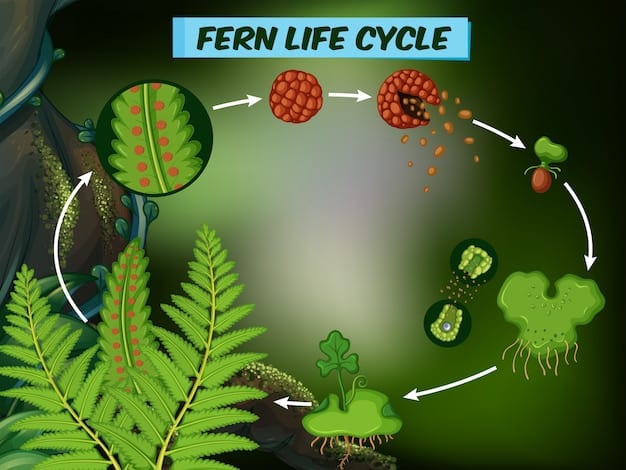
- Decomposers: Break down dead organic matter, recycling nutrients back into the soil.
- Mycorrhizal Fungi: Form symbiotic relationships with plant roots, enhancing nutrient and water uptake.
- Pathogens: Some fungi can cause diseases in plants and animals, influencing population dynamics.
In this section, we’ve unveiled the basics of the fungal kingdom and their widespread presence in US environments. Their diversity and ecological roles make them indispensable to the health and function of ecosystems across the country, highlighting their significance often overlooked.
Decomposers: Nature’s Recycling Crew
One of the most significant roles fungi play is as decomposers. They break down complex organic matter, such as dead leaves, wood, and animal remains, into simpler compounds. This process is essential for nutrient cycling and maintaining soil health.
The Process of Decomposition
Fungi secrete enzymes that break down organic matter externally. They then absorb the resulting nutrients. This process releases carbon, nitrogen, phosphorus, and other essential elements back into the environment, making them available for other organisms.
Fungi and Forest Health
In forests, fungi are crucial for decomposing leaf litter and fallen trees. This process prevents the accumulation of debris on the forest floor and releases nutrients that support the growth of new plants. Without fungi, forests would be overwhelmed with dead organic matter.
- Nutrient Cycling: Breaking down organic matter and releasing essential elements.
- Soil Enrichment: Improving soil structure and fertility through decomposition.
- Waste Management: Helping to decompose waste products and reduce environmental pollution.
Fungi are nature’s ultimate recyclers, diligently breaking down organic waste and returning valuable nutrients to the ecosystem. Their role in decomposition is vital for maintaining the health and sustainability of US ecosystems.
Mycorrhizal Networks: Fungi as Plant Partners
Mycorrhizae are symbiotic associations between fungi and plant roots. These relationships are incredibly common and benefit both the fungi and the plants. The fungal mycelium extends into the soil, increasing the plant’s access to water and nutrients.
How Mycorrhizae Work
The fungal hyphae form a network around or within plant roots, increasing the surface area for nutrient absorption. In exchange, the plant provides the fungi with carbohydrates produced through photosynthesis.
Benefits for Plants
Mycorrhizal fungi enhance plant nutrient uptake, particularly phosphorus and nitrogen. They also improve water absorption, making plants more drought-resistant. Additionally, they provide protection against soil pathogens and improve soil structure.
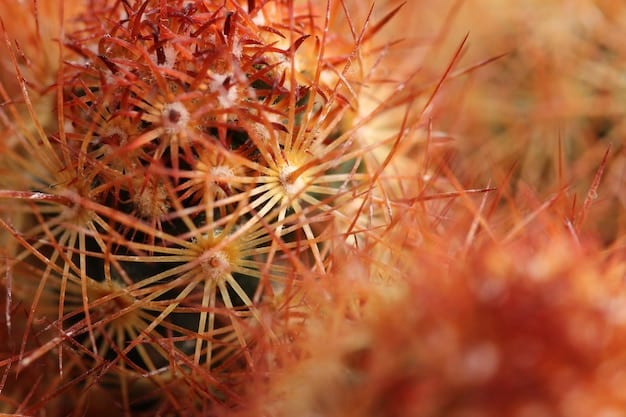
- Increased Nutrient Uptake: Enhanced absorption of essential nutrients like phosphorus and nitrogen.
- Improved Water Absorption: Greater drought resistance due to increased water uptake.
- Disease Resistance: Protection against soil pathogens and harmful microorganisms.
Mycorrhizal networks exemplify the interconnectedness of ecosystems, with fungi acting as essential intermediaries between plants and the soil. This partnership is a key factor in the health and productivity of many US ecosystems.
Fungi as Food and Medicine
Beyond their ecological roles, fungi have significant economic and cultural importance. Many species are edible and highly nutritious, while others have medicinal properties. These uses of fungi have been recognized for centuries.
Edible Delights
Mushrooms such as morels, chanterelles, and truffles are prized for their unique flavors and textures. They are collected from the wild and cultivated commercially. Edible fungi are a good source of protein, vitamins, and minerals.
Medicinal Properties
Certain fungi contain compounds with medicinal properties. For example, penicillin, one of the first antibiotics, was derived from the fungus Penicillium. Other fungi have shown promise in treating conditions such as cancer and autoimmune diseases.
From gourmet cuisine to life-saving medicines, fungi offer a wide range of benefits to humans. Their economic and cultural significance highlights the importance of conserving fungal biodiversity and promoting sustainable practices for their use.
Threats to Fungi Populations
Like all organisms, fungi face threats from habitat destruction, pollution, and climate change. These threats can impact their populations and their ability to perform their vital ecological roles. Conservation efforts are needed to protect fungal diversity and the ecosystems they support.
Habitat Loss
Deforestation, urbanization, and agricultural expansion can destroy fungal habitats. Fungi are often dependent on specific substrates or host plants, and habitat loss can lead to their decline.
Pollution and Climate Change
Air and water pollution can harm fungi directly or indirectly by affecting their host plants or altering soil conditions. Climate change can shift fungal distributions and disrupt their interactions with other organisms.
- Habitat Protection: Preserving natural habitats to safeguard fungal populations.
- Sustainable Practices: Promoting responsible forestry and agriculture to minimize impacts on fungi.
- Research and Monitoring: Increasing our understanding of fungal ecology and monitoring their populations.
Protecting fungi is essential for maintaining the health and resilience of US ecosystems. Conservation efforts must address the threats they face and promote sustainable practices that support their survival.
Citizen Science: Getting Involved in Fungi Research
One of the best ways to learn about and protect fungi is to get involved in citizen science. These projects engage volunteers in collecting data and monitoring fungal populations. Citizen science initiatives contribute valuable information to researchers and raise awareness about the importance of fungi.
Mushroom Identification
Learning to identify different species of mushrooms is a great way to appreciate fungal diversity. Numerous field guides and online resources can help with identification. However, it is essential to be cautious when identifying wild mushrooms, as some species are poisonous.
Participating in Research Projects
Many citizen science projects focus on monitoring fungal populations, collecting distribution data, or studying the effects of environmental change. These projects provide opportunities to contribute to scientific research and learn from experts.
By getting involved in citizen science, you can play an active role in understanding and protecting fungi. These projects offer valuable opportunities to learn about the hidden world of fungi and contribute to their conservation.
| Key Point | Brief Description |
|---|---|
| ♻️ Decomposers | Break down organic matter, recycling nutrients. |
| 🌱 Mycorrhizae | Symbiotic partnerships with plants, enhancing nutrient uptake |
| 🍄 Food & Medicine | Edible and medicinal fungi offer economic benefits |
| 🧑🔬 Citizen Science | Volunteers contribute to fungal research and conservation. |
Frequently Asked Questions
▼
Fungi are eukaryotic organisms, distinct from plants and animals, characterized by chitin in their cell walls. They obtain nutrients by absorption and include molds, yeasts, mushrooms.
▼
Fungi are vital decomposers, breaking down organic matter and recycling nutrients. They also form mycorrhizal networks with plants, enhancing nutrient uptake and overall plant health.
▼
Popular edible fungi in the US include morels, chanterelles, and oyster mushrooms. It’s important to accurately identify wild mushrooms before consumption to avoid poisonous species.
▼
Key threats to fungi populations are habitat loss, pollution, and climate change. These factors disrupt their natural environments, affecting their ability to survive and thrive.
▼
You can get involved through citizen science projects, learning mushroom identification, and supporting sustainable practices. Awareness and responsible actions contribute to fungi conservation efforts.
Conclusion
Now that we’ve explored the hidden world of fungi, it’s clear how vital they are to US ecosystems. Their roles as decomposers, mycorrhizal partners, and providers of food and medicine underscore their importance. By understanding and protecting fungi, we can ensure the health and resilience of our environment for generations to come.
